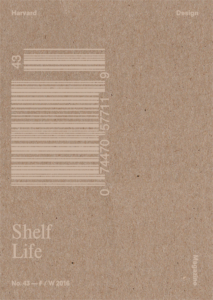Mohsen Mostafavi
Talking Objects
Blythe House has a remarkable history. It’s an impressive edifice in West Kensington that was built between 1899 and 1903 to house the headquarters of the Post Office Savings Bank. For the past 35 years the V&A, British Museum, and Science Museum have each maintained a wing in the building to store their reserve collections—objects not on display in the museums. Members of the public can also view these objects by appointment.
Martin Roth
I couldn’t believe it when I received the news that the UK government was planning to sell it. It will be a huge challenge to relocate the collections, but it’s also a great opportunity to develop a new kind of flexible storage system that meets the multiple needs of the museums and their visitors.
Today, we use storage completely differently from the way we did 30 or 40 years ago. Back then, museum storage facilities were like cellars, like archives or places where you put objects and left them permanently. If you needed to find an object—and if you actually managed to find it—you would place it in a permanent gallery. It wasn’t until the late 1980s or early 1990s that we started talking about touring exhibitions. Touring exhibitions were a wonderful opportunity to tap into the many treasures held in storage and to get more of these out on public display—not just in the United Kingdom but in global venues.
Still, a lot of great work remains in storage for decades. Do you know the German word Findbücher? It translates as an inventory tool used for finding books. I like this word because it’s pretty esoteric and it suggests an endless list of wonderful treasures that you might never find again.
MM
It’s lost until you discover it.
MR
You put it in storage and it’s gone. It becomes a name on a register.
But these days, we have to have instant access. The storage facility has to become active. When you are conceiving an exhibition, you have a narrative, and you have to mirror that narrative in objects that you find in storage. So museums need new methods to make storage easier to use, easier to read. We need different kinds of “shelves”—storage machinery that enables us to store objects in a compact, flexible way, but crucially allows us to access them easily.
In the late 1980s, conservators began to dictate how things should be done: only acid-free paper,
only a certain kind of climate, only a certain humidity, and so on. Storage changed from being a simple basement to a being a sophisticated, high-tech space.
MM
What then is the relationship of the archive to its audience?
MR
Remember when we first met and I asked you where you were from? You said that you’re from Iran, and you told me, “If you want to know more about Iranian or Persian art, look at the V&A because you have it; you’re our local museum.” It might sound strange, but it’s absolutely true.
For all people in exile or part of a diaspora—if you’re from Syria, if you’re from Iran, wherever you’re from—come see the objects in the V&A. And come with your own objects. We have the technology to be open to a variety of different users with different backgrounds, from teachers to Iranian refugees, from Syrian children to trained architects.
MM
The future of the archive is itself a re-envisioning of the future of the museum. The future archive could even be more interesting, more radical, than the future museum. There is something that has become conventional about the relationship of the museum exhibition to its audience, whereas questions of access produce new relationships, new dimensions of af liation and inspiration for an audience.
MR
Back when I was working as the director of the Dresden State Art Collections, a dermatologist from Texas asked to talk to me. I was surprised because dermatology is not my expertise, but he insisted. He had been researching a specific skin disease that had traveled from Europe to North America in the 16th or 17th century. The only way to trace this disease was through paintings and drawings. He visited many archives and collections to search for evidence of this disease, and he found it! Amazing.
MM
What is the connection between an archive’s public exposure and the work that needs to be done within it—cataloging, putting things away, measuring things? Archivists’ and conservators’ work is slow, quiet, and methodical, which is different from the curator’s focus on interaction, visibility, communication. It’s a dilemma of expertise that seems to require rethinking or rebalancing. What are your thoughts on this conundrum?
MR
There are probably three kinds of approaches to be considered in the future. The first is a situation similar to today: the curator will go to the archive, will ask for loans from other archives, and will pick objects for an exhibition. The second approach is that of the team—the research department and the collection department that somehow relate. The third approach is that people from outside come in with their own ideas. What I mean is that if you visit the museum, Mohsen—you as an expert, you as an educator, you as an architect, you as a person with a Mediterranean background—you come with your own interests and you make your own exhibition. You might spend an hour, or a day, or two days. You work with the curators, you learn from them, they learn from you. You might even bring your own objects. It’s easy to add your knowledge to our archive. The more information you have about an object, the better. It can be expert knowledge or personal knowledge. In the digital world, we filter that information later based on particular questions or demands. The archive has to cater to all three approaches.
What we really need—and I’m a bit hesitant to say this—is to change the job of the curator. There’s going to be a revolution. We need people who can combine their own knowledge of objects with the task of explaining them to a new public. The curator has to be objective about material research, but at the same time open to communicating. We need people working in museums who are open to the digital, interested in working with people, but experienced in material culture.
MM
A key component of the way you’ve articulated this vision of the future archive is based on the way in which technology becomes a kind of enabling mechanism and driver that is related to questions of both perception and production.
In the same way that Nike is enabling consumers to create their own shoes, for example, the museum can be seen as a place of production, as a new space of creativity. The audience’s participation is no longer passive; they have an active relationship to the objects in the collection. Their understanding of objects is not purely visual; it goes into the mechanics of making things—of molds of fabrication, conditions of form, textures, tonalities. Maybe there’s a more intimate, more technically and aesthetically sophisticated way in which the audience can relate to objects.
How do you see this happening in terms of technology, in terms of practicalities, in terms of the way in which new forms of knowledge enter a museum? You’ve already stated that we need a new kind of curator, but it seems that there are also different links with the academy—made through scholarships, through conditions of contemporary production—that need to come to the museum.
MR
And there’s the business component. One has to think in a kind of utopian way. I don’t consider myself a dreamer, but sometimes you have to have this kind of . . .
MM
Vision.
MR
Vision. But vision without execution remains a hallucination. I try to learn from other practices, from other fields. I spent hours in the warehouse of Würth, which is essentially a global wholesaler for nuts and bolts. The company also has a great art collection, and I act as one of the advisors. When I’m there for meetings, I also like to visit the warehouses and drive around with the workers. It looks like Mad Max. You go up 10 floors and down 8 floors and left and right and just pick up stuff. It made me start to think about museum storage in a completely new way.
If we digitize everything, then what? Then we have to start imagining ways for objects or institutions or research programs to communicate directly. Think about all those amazing collections in India. Imprisoned! They’ve never seen daylight for conservation reasons. Think about all those objects that we can take out of cold storage. Imagine that we give them the right of speech. Let them talk to other collections!
Suppose there is Bohemian crystal in the V&A, Bohemian crystal in the Metropolitan Museum, and suddenly Bohemian crystal is found in Taipei. It shouldn’t be too difficult for us to receive a message directly from that object in Taipei that says: “I’m here in Taipei and I’m the new kid on the block.” You don’t need a researcher for it. You don’t need a curator for it. The collections, or objects, have to talk to each other.
MM
How do you then bring technology into the discussion? It seems we need to be projective but not forget the achievements of earlier generations.
MR
It sounds a bit utopian, and I’m not an expert in physics or chemistry, but generally, when we discuss objects of the future—technology, materials, process—then we think forward in time. Why don’t we travel backward in time to find technologies that have been forgotten or that didn’t work at the time because of lack of materials, or because they were interrupted by a war or disease, and reapply this technology?
What if talk to the Fraunhofer Society and the Max Planck Society and MIT? Why don’t we check
the materials and the process through which glass was previously made? How was Bohemian crystal made in the 16th century? Which technologies have been forgotten? Or even destroyed? Take, for example, China and the Cultural Revolution. There are always times when things are destroyed—not just 3-D objects, but knowledge and expertise. Sometimes we need to relearn lost knowledge and processes. That is the key not only to understanding aspects of the past, but of the future.
MM
The whole idea of the forgotten exists in architecture, too. There are lots of forgotten architects and buildings and processes that merit rediscovery.
Right now, for example, we are doing a studio about brick at Harvard. Many people think that brick is a very traditional and old-fashioned material, but this idea of making the old new again, of looking at a material like brick and seeing a contemporary version, opens possibilities both in terms of brick as a material and what you can do with that material.
MR
Human technology is not enough. We need the help of the digital world, of big data. I had an unusual discussion a few weeks ago at Microsoft in Seattle with a young woman who was working on holograms. She said it’s not difficult today to copy a sculpture as a hologram and put it in the middle of a room.
Similarly, if you want to show me a piece of architecture from Delhi, for instance, it should soon be possible to make it appear in the next room. And then you’ll be able to push a button and make a 3-D print. It’s already easy to print that stuff.
MM
That’s exciting. The examples you are giving are from across the globe, but ultimately they have a relationship to a specific locality through the person who is participating in their communion, in their interaction. How do you reconcile the technological and the social aspects of being involved in local projects in Stratford or Shenzhen that are linked to the question of community? There’s also the question of the future location of the V&A’s archive, which may be in a place like Stratford.
MR
The V&A has always been a local museum for a global community, and vice versa. If you’re from the Iranian diaspora living here in the neighborhood—we have a lot of Iranians working with us—it’s the local museum.
One of the reasons that we show more of our Islamic art in East London is because it’s where a large part of London’s Muslim community lives. We will proactively open the museum to the local community there. We have a lot of objects from Pakistan and India.
There’s also this kind of provenance of objects. Objects are migrating. Probably the most exciting parts of Europe are at the borders, and in regions like Alsace—which alternated between German and French control. There’s also Poland, Ukraine, the Jewish part of Eastern Europe, and so on. Shifting borders have had a great impact on the production and distribution of art over the centuries. When we trace this back, read migration maps, and link objects with different communities, we see many impacts and traditions coming together. And digital tools help us to see these relationships.
MM
The museum and the contemporary sociocultural and political sphere are more deeply implicated here, and historical knowledge acts as a reminder of our present condition and values. In a sense the archive is there to make sure that we don’t forget.
MR
We have another storage facility called Dean Hill Park in three decommissioned missile bunkers in Wiltshire. If you have an object there, I promise, it’s forgotten.
Next year we will present an exhibition on John Lockwood Kipling—father of the beloved Rudyard, author of The Jungle Book. John Lockwood Kipling was an art teacher, educator, illustrator, and a curator who used to work at the V&A. He was also involved with the Great Exhibition of 1851. Then he went to Mumbai. And to Lahore. I think Gandhi was even influenced by his interpretation of the Arts and Crafts style. One day, out of sheer curiosity, our curators went down to Dean Hill.
They called me from there because they couldn’t believe what they had discovered. It was like an expedition into the unknown—all these amazing Indian objects sitting in this bunker. Forgotten.
There are thousands of Dean Hills around the globe, Mohsen. Millions! We have to open them up and take out the objects hidden inside and talk about them!
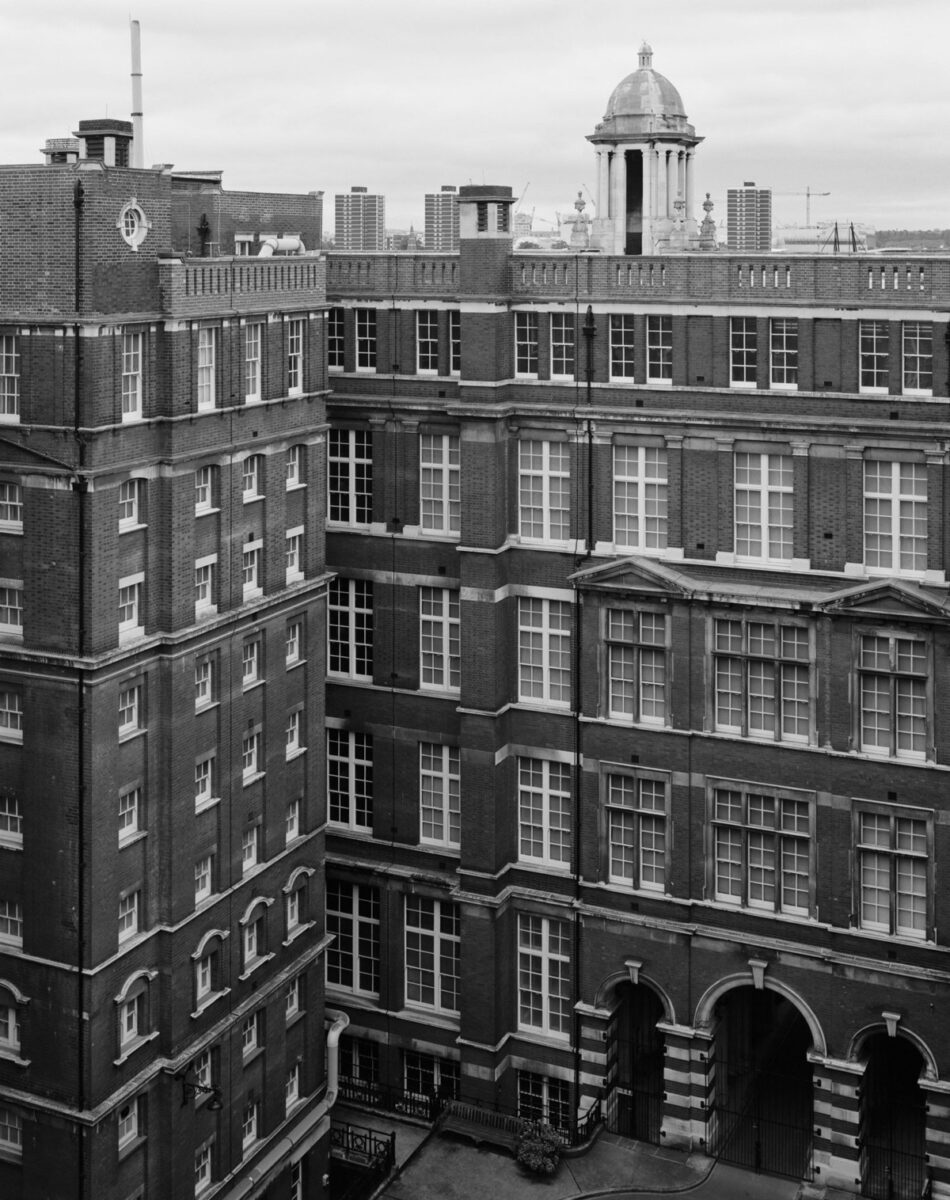
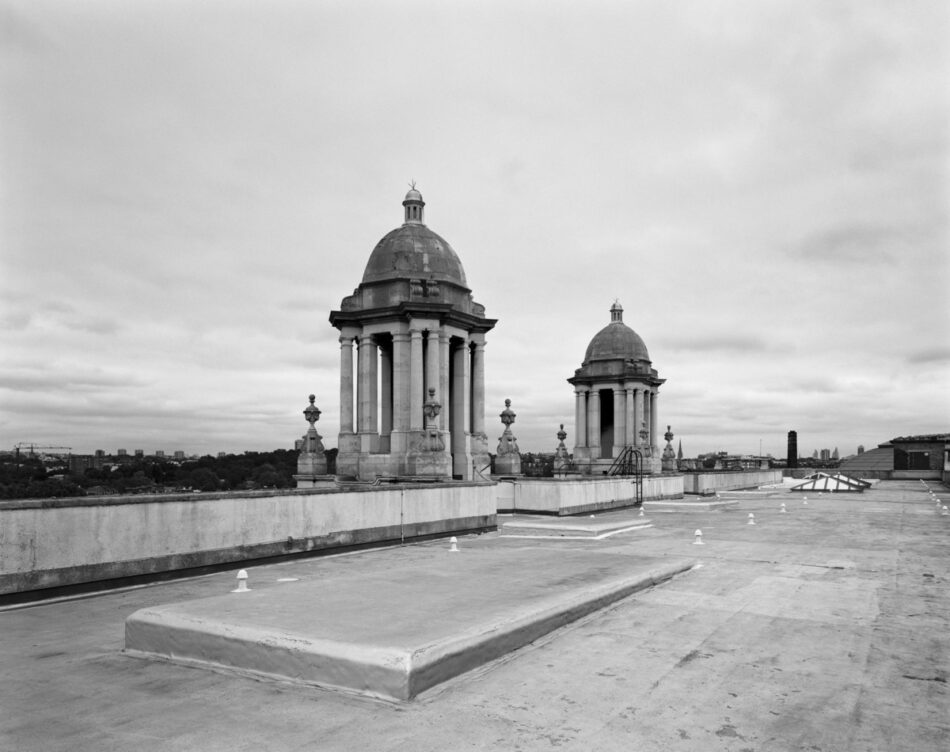
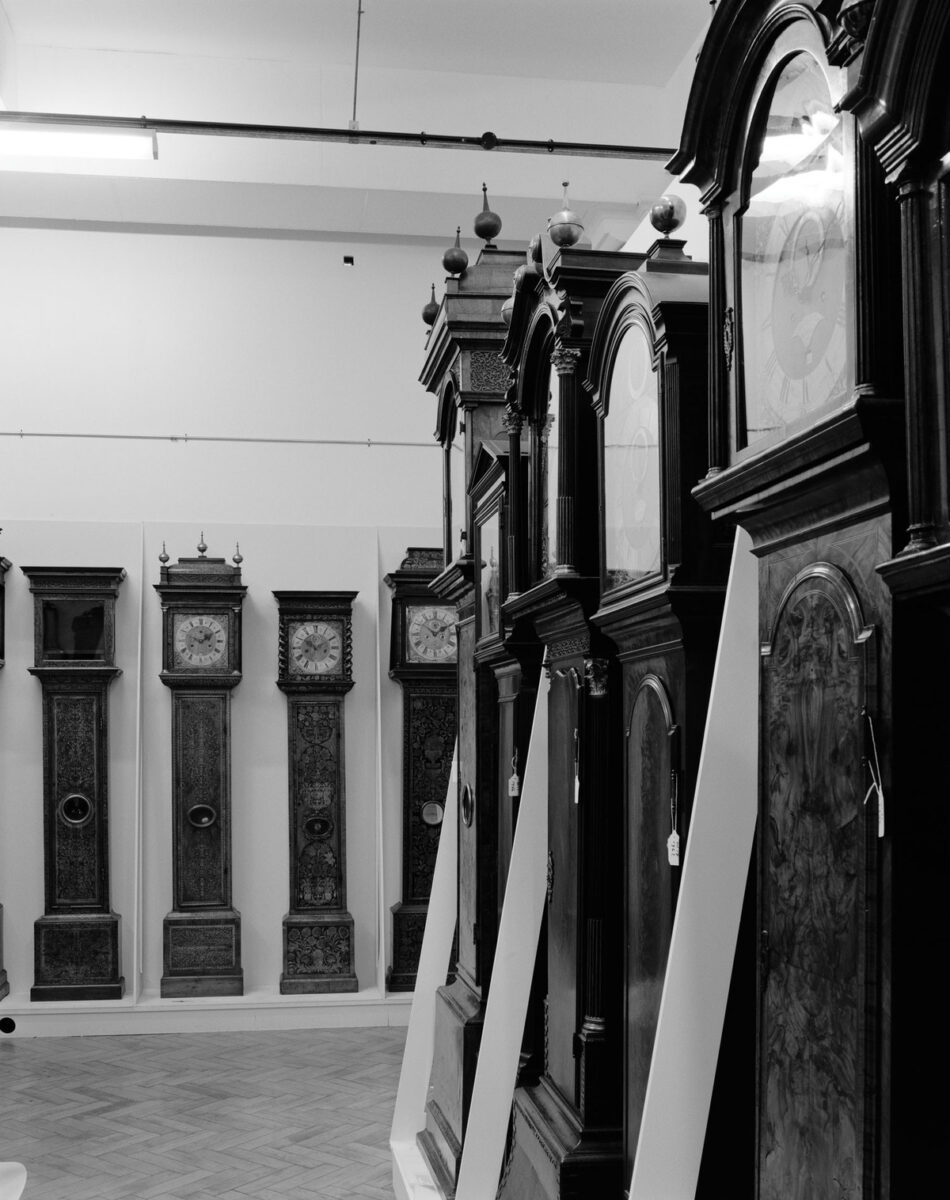
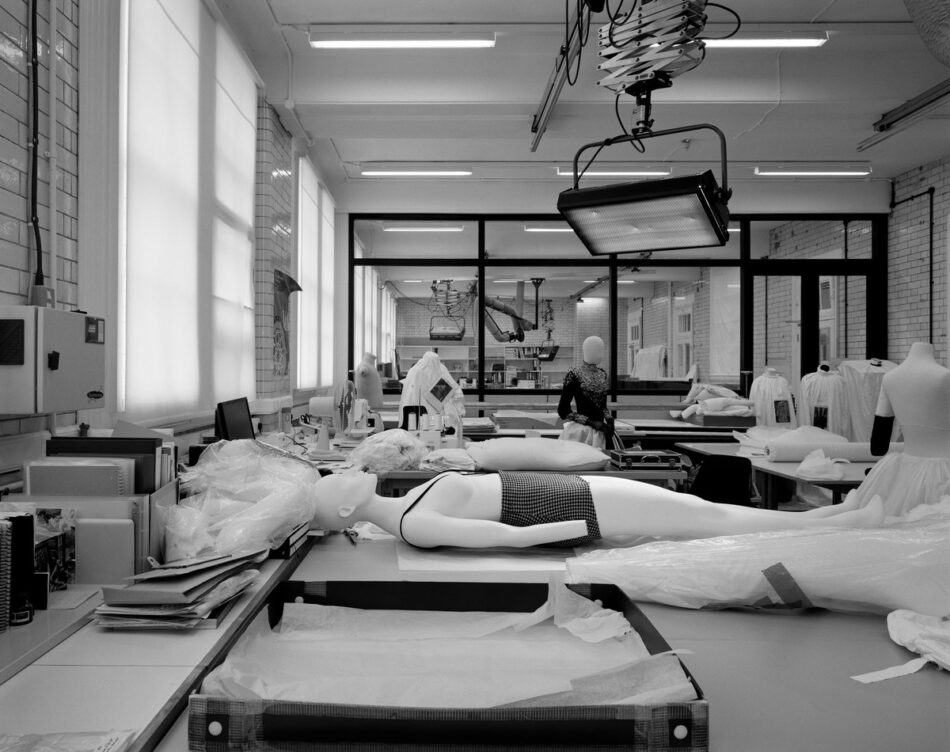
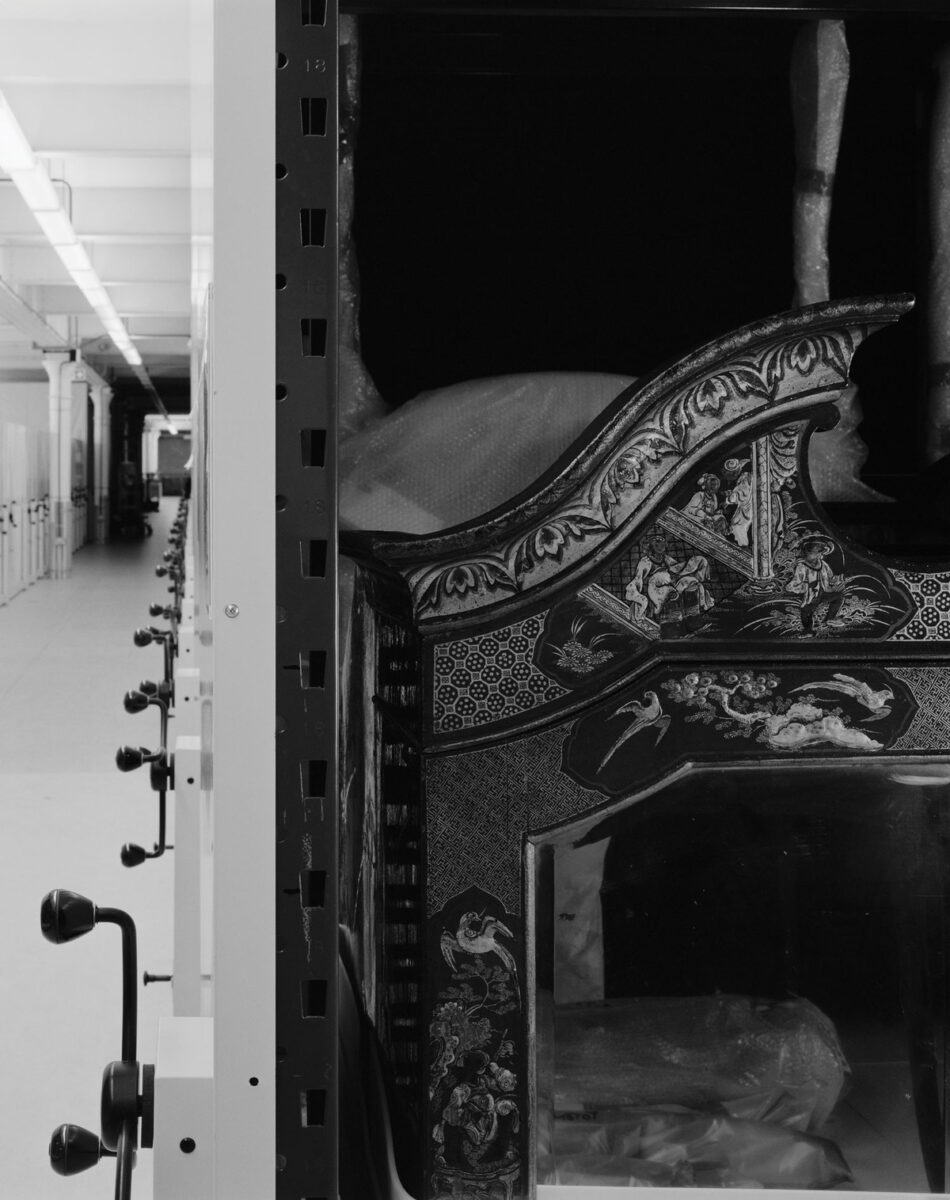
Martin Roth is the outgoing director of the Victoria and Albert Museum (V&A). Under his leadership, the V&A has continued to pursue an active international policy, including the development of a network of international partners, and strengthened relationships in, among other countries, Qatar, China, India, Russia, and Rwanda. Before joining the V&A, Roth was director general of the Staatliche Kunstsammlungen Dresden, overseeing 12 museums and galleries.
Mohsen Mostafavi, architect and educator, is dean of the Harvard University Graduate School of Design and the Alexander and Victoria Wiley Professor of Design. His recent publications include Ecological Urbanism (2010), In the Life of Cities (2012), Architecture Is Life (2013), Nicholas Hawksmoor: The London Churches (2015), and the forthcoming Ethics of the Urban: The City and the Spaces of the Political.
